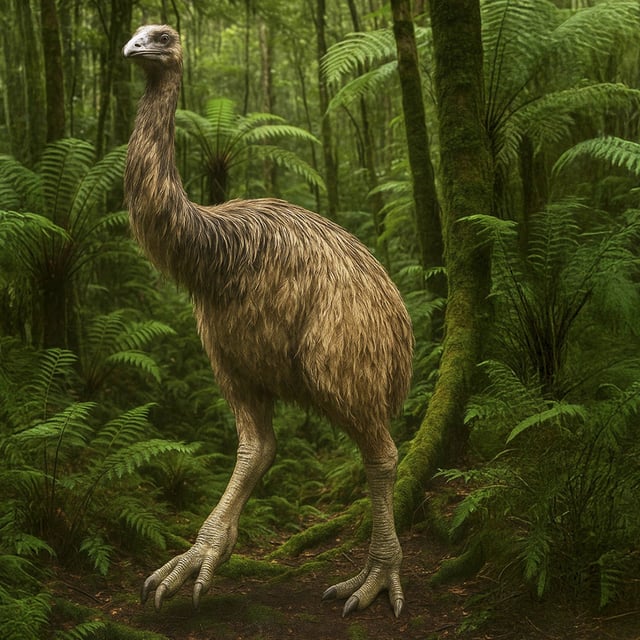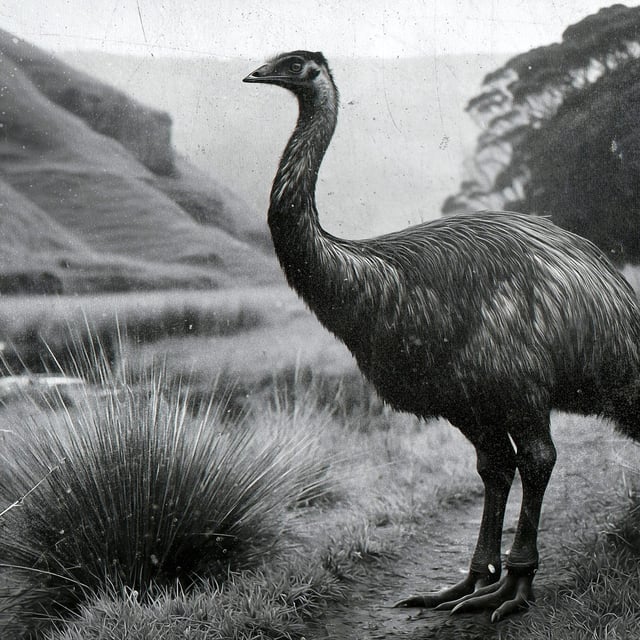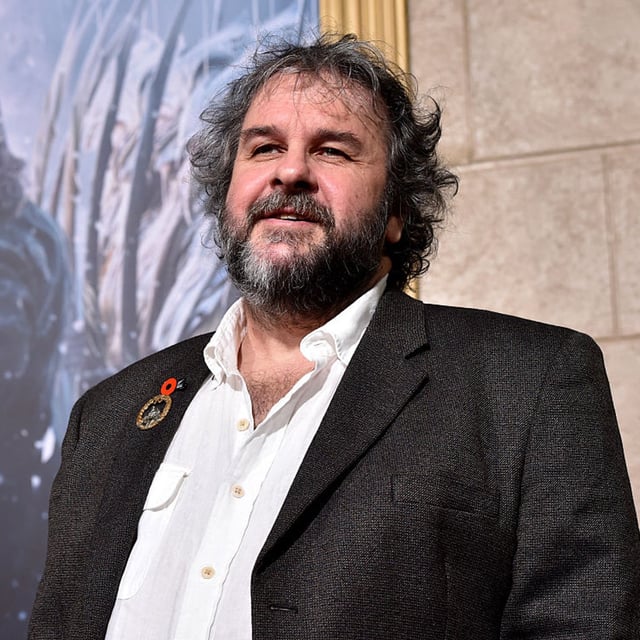Overview
- Sir Peter Jackson has committed £11 million and contributed around 400 bone specimens to Colossal’s effort to recover moa DNA.
- On July 8 Colossal launched its genome extraction and sequencing phase as part of a wider $15 million funding round.
- Scientists will use emu and tinamou genomes as reference points to reconstruct the moa’s full genetic blueprint by summer 2026.
- The company aims to hatch engineered moa in a dedicated reserve within five to ten years rather than release birds immediately into the wild.
- Researchers caution that challenges in avian embryo engineering, questions over authenticity and modern habitat suitability could hinder true de-extinction.


